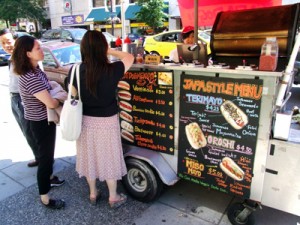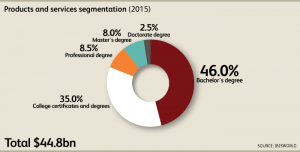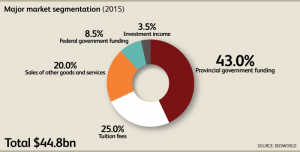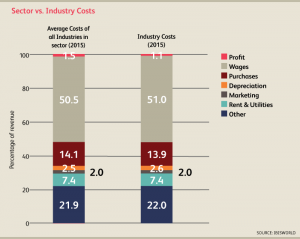Overview
The popularity of mobile and non-mobile street vendors over the past five years has revitalized the industry as they adapt to adventurous consumer’s health conscious eating habits.
There are no prominent market players within this industry as many operators are small businesses or individuals who exist in one location or city. The primary activities in this industry are serving food, non-alcoholic beverages, coffee, ice cream, refreshments, and snacks from food trucks, lunch wagons or street vending carts to consumers.
During the past five years, the street vendors industry has grown to be one of the best performing sectors within the broad food services industry. It has grown from the traditional hot dog cart to higher quality or gourmet food at affordable prices as consumer interest and spending in this sector has grown. Food innovation to entice new consumers has brought above average growth to this industry. The consumer shift to healthier food options had industry participants adapting and catering to this growing segment of consumers. Because of these positive trends, the Canadian street vendors industry has grown 3.5% per year over the past five year to $279.2 million in 2015. The current economic downturn in Canada will bring positive growth to this industry as consumers move from expensive restaurants to budget menus. The growing price of food due to importing from the US and abroad will raise the price of input costs. Because of these headwinds and tailwinds, the street vendor sector is expected to grow 2.0% annually over the next five years.
2015 Products and services segmentation
Traditional street vendors sell items such as soft drinks, hot dogs, and poutine in a wagon two wheel cart. They make up 45% of revenue and have been on a declining trend over the past five years. Mobile food preparation vehicles make up 37%% of 2015 industry revenue with a raising trend as food trucks have grown more popular with consumers. Industrial catering vehicles make up 18% of industry revenue and offer self serve cold, prepackaged foods with one operator. Growth has been stable over the past five years with stable future growth outlook.
2015 Market segmentation
The street vendor industry has evolved from blue collar or working class professionals who are served affordable fast food meals to a young middle class professional with an appetite for gourmet food on the go. This explains the 23.5% of consumers in the 25-34 age groups. The age 35-44 group consists of 21.1% of consumers who are likely married with kids and have little time to cook their meals outside of work and taking care of the kids. The lack of consumers in the 65+ category is due to limited income from retirement and more time to cook their own meals.
Industry structure
Profit in the street vendor industry is only 4.2% due to high turnover, and low margins due to high competition.
Wages make up 33.0% of revenue because it is a labor intensive industry which scales linearly so as revenue rises, labor costs will rise proportionately.
Purchases make up 43.5% of revenue due to the high price of food, packaging and beverages associated with purchasing food for resell.
Depreciation is 2.7% of revenue as the high resell value of vehicles or carts mean low depreciation.
Rent and utilities make up only 6.1% of revenue as startup costs and maintenance of a food cart or vehicle is low compared to maintenance a building such as a restaurant.



